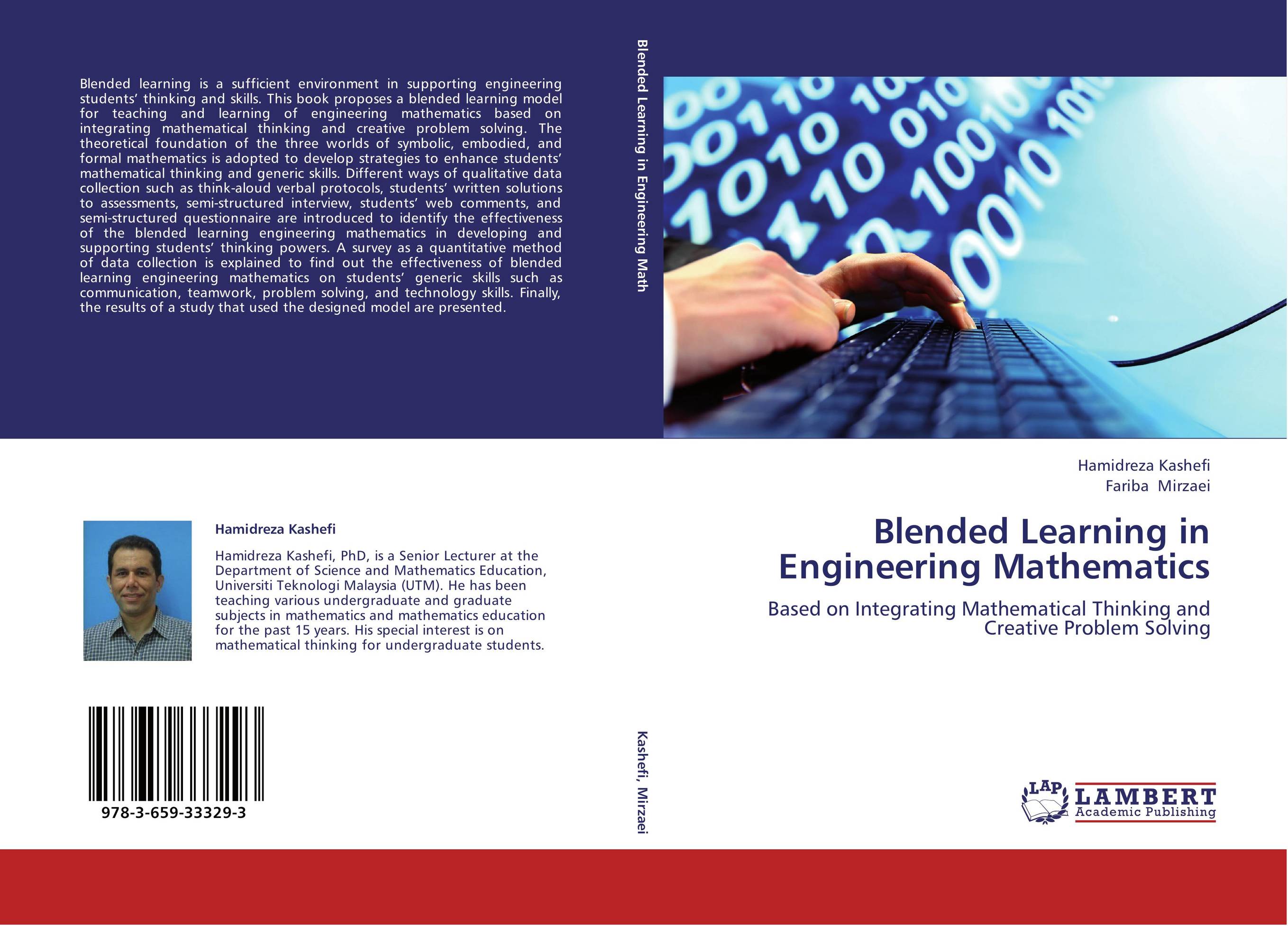| Поиск по каталогу |
|
(строгое соответствие)
|
- Профессиональная
- Научно-популярная
- Художественная
- Публицистика
- Детская
- Искусство
- Хобби, семья, дом
- Спорт
- Путеводители
- Блокноты, тетради, открытки
Blended Learning in Engineering Mathematics. Based on Integrating Mathematical Thinking and Creative Problem Solving

В наличии
| Местонахождение: Алматы | Состояние экземпляра: новый |

Бумажная
версия
версия
Автор: Hamidreza Kashefi and Fariba Mirzaei
ISBN: 9783659333293
Год издания: 2013
Формат книги: 60×90/16 (145×215 мм)
Количество страниц: 164
Издательство: LAP LAMBERT Academic Publishing
Цена: 43524 тг
Положить в корзину
Позиции в рубрикаторе
Сферы деятельности:Код товара: 118140
| Способы доставки в город Алматы * комплектация (срок до отгрузки) не более 2 рабочих дней |
| Самовывоз из города Алматы (пункты самовывоза партнёра CDEK) |
| Курьерская доставка CDEK из города Москва |
| Доставка Почтой России из города Москва |
Аннотация: Blended learning is a sufficient environment in supporting engineering students’ thinking and skills. This book proposes a blended learning model for teaching and learning of engineering mathematics based on integrating mathematical thinking and creative problem solving. The theoretical foundation of the three worlds of symbolic, embodied, and formal mathematics is adopted to develop strategies to enhance students’ mathematical thinking and generic skills. Different ways of qualitative data collection such as think-aloud verbal protocols, students’ written solutions to assessments, semi-structured interview, students’ web comments, and semi-structured questionnaire are introduced to identify the effectiveness of the blended learning engineering mathematics in developing and supporting students’ thinking powers. A survey as a quantitative method of data collection is explained to find out the effectiveness of blended learning engineering mathematics on students’ generic skills such as communication, teamwork, problem solving, and technology skills. Finally, the results of a study that used the designed model are presented.
Ключевые слова: creative problem solving, engineering mathematics, generic skills, Mathematical thinking



